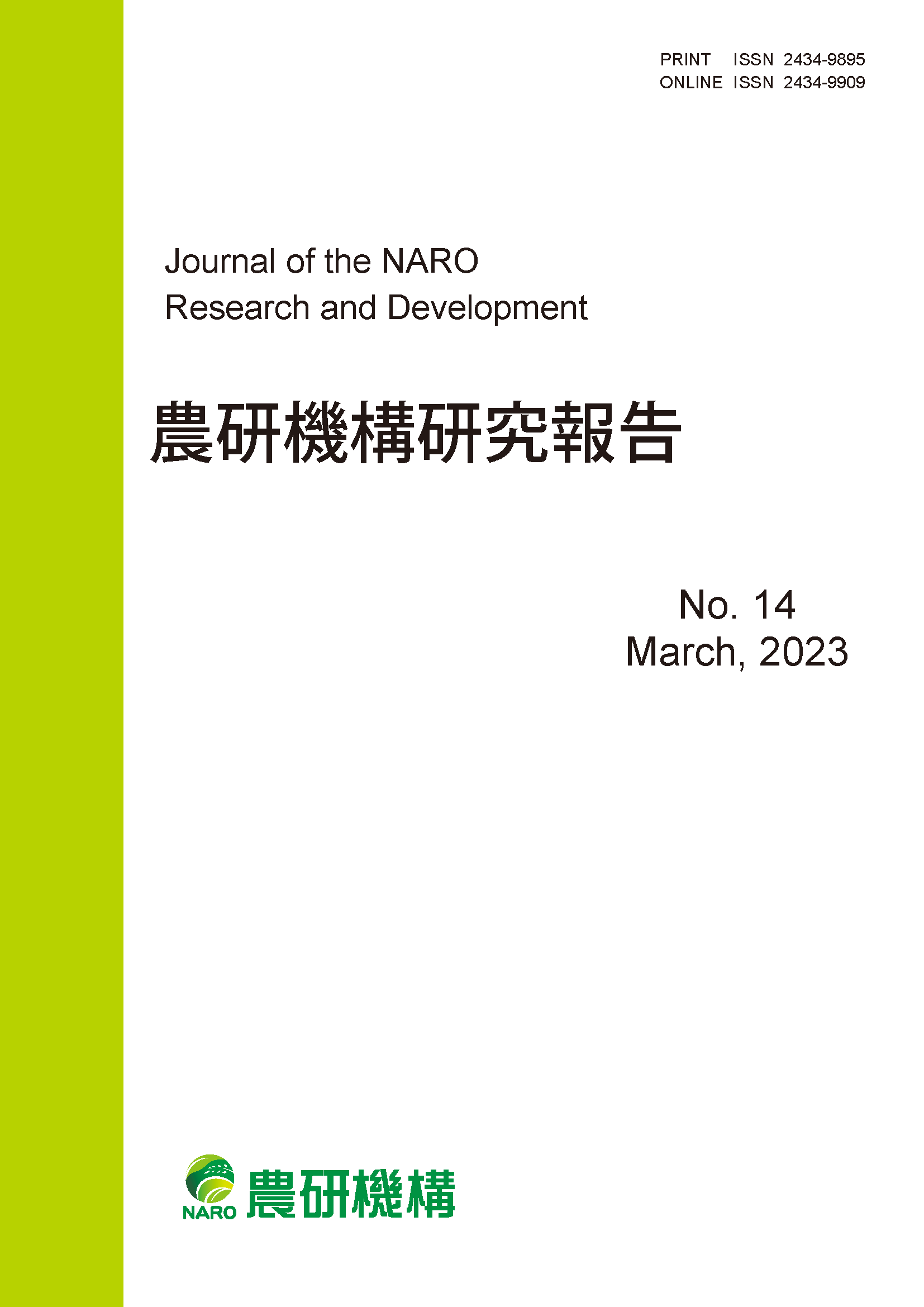Volume 2023, Issue 14
Displaying 1-6 of 6 articles from this issue
- |<
- <
- 1
- >
- >|
Cover, Index, Editorial board and Imprint
-
2023Volume 2023Issue 14 Pages 0-
Published: March 31, 2023
Released on J-STAGE: March 31, 2023
Download PDF (1026K)
Original Paper
-
Article type: research-article
2023Volume 2023Issue 14 Pages 1-7
Published: March 31, 2023
Released on J-STAGE: March 31, 2023
Download PDF (1289K) Full view HTML -
Article type: research-article
2023Volume 2023Issue 14 Pages 9-18
Published: March 31, 2023
Released on J-STAGE: March 31, 2023
Download PDF (1832K) Full view HTML -
Article type: research-article
2023Volume 2023Issue 14 Pages 19-28
Published: March 31, 2023
Released on J-STAGE: March 31, 2023
Download PDF (1528K) Full view HTML
Short Report
-
Article type: brief-report
2023Volume 2023Issue 14 Pages 29-33
Published: March 31, 2023
Released on J-STAGE: March 31, 2023
Download PDF (1078K) Full view HTML
Contribution rule
-
Article type: other
2023Volume 2023Issue 14 Pages 35-38
Published: March 31, 2023
Released on J-STAGE: March 31, 2023
Download PDF (964K)
- |<
- <
- 1
- >
- >|
